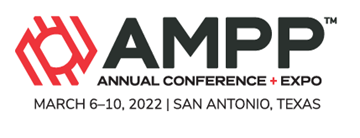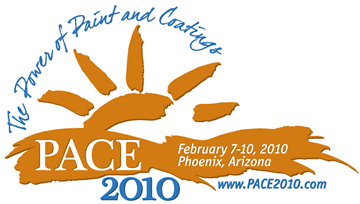Search
Products tagged with 'marine environment'
View as
Sort by
Display
per page
Novel Evaluation Of The Failure Of Coatings In A Marine Environment
Product Number:
51322-18033-SG
Publication Date:
2022
$20.00
Outdoor Performance of One-Coat Systems Applicable to New Steel Bridges
Product Number:
41210-545-SG
Publication Date:
2010
$20.00
Predicting the Enhanced Effects of Coating Deterioration in Marine Environments
Product Number:
51323-19341-SG
Publication Date:
2023
$20.00
The Responsibility of the Third Party Inspector in Today’s Marine Environment
Product Number:
41208-433-SG
Publication Date:
2008
$20.00
UHP Water-Jetting and Surface-Tolerante Coatings in New Building Applications
Product Number:
51217-035-SG
Publication Date:
2017
$20.00





